No Southern-fried Southern boy wants to be called a Yankee, but we share the characteristics of shrewdness and thrift. Thus, each month we include a money-saving tip. It’s OK if you call me “cheap.”
Useful are even the smallest pieces of PVC pipe you begged from the plumbers at the construction site up the street. If you, like me, live where humidity is generated for distribution to the rest of the country, you try to do everything you can to keep the wetness out of your shop.
For example, I keep the doors and windows closed, except when the hygrometer tells me the humidity outside is near to or lower than the indoor humidity.
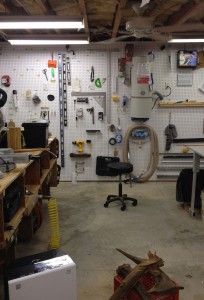
A high-capacity dehumidifier (lower left) combined with a ceiling fan (upper right) for circulation, centrally-placed among cast-iron power tools minimizes rust risk. As an added bonus, the brisk flow of dry air from the dehumidifier can air-dry wood in no time. The collection being dried in this photo consists of boscoyos, Cajun French for “cypress knees.”
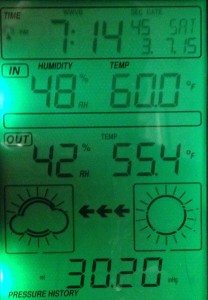
When the north wind brings in dry air, take advantage of the opportunity to air out the shop. Today is such a day.
Sometimes you need to run a power cord or air hose outside, necessitating an incompletely-closed door or window. Instead, you can drill a hole through the wall exactly the outside diameter of a piece of PVC pipe which has an inside diameter capable of allowing passage of your cord or hose.
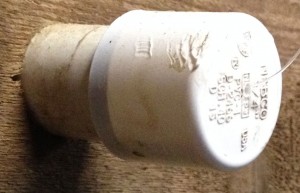
When drilling your hole, make a test hole in scrap first to ensure the bit you choose will deliver a tight fit. Asking your wife before drilling through the wall is optional. Sometimes it’s easier to get forgiveness than permission.
Because I do a lot of sanding outdoors, and I like to have compressed air to blow away sanding dust from my project, I use this little passageway for the air hose, allowing the door to stay closed.
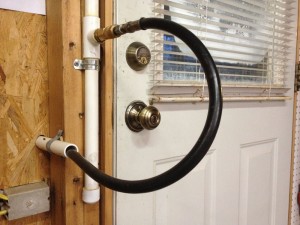
Although this wall is mostly protected from rain, I angled the hole down toward the outside so that any rainwater that comes this way can’t go indoors.
Jim Randolph is a veterinarian in Long Beach, Mississippi. His earlier careers as lawn mower, dairy farmer, automobile mechanic, microwave communications electronics instructor and journeyman carpenter all influence his approach to woodworking. His favorite projects are furniture built for his wife, Brenda, and for their children and grandchildren. His and Brenda’s home, nicknamed Sticks-In-The-Mud, is built on pilings (sticks) near the wetlands (mud) on a bayou off Jourdan River. His shop is in the lower level of their home. Questions and comments on woodworking may be written below in the comments section. Questions about pet care should be directed to his blog on pet care, www.MyPetsDoctor.com. We regret that, because of high volume, not all inquiries can be answered personally.


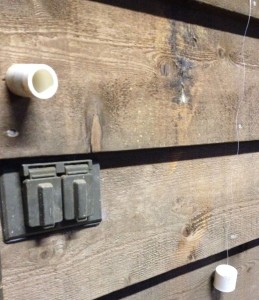

Are you using pvc pipe for compressed air? Maybe you should rethink that choice.
You are, of course, completely correct, James. I am in the process of upgrading to copper, and part of my air delivery system is already galvanized steel. I take very seriously my responsibility to readers, and setting a good example is very important. Copper is so darn expensive, but eyes are priceless! I’m getting a little of the system done at a time, but your comment has inspired me to speed up the process. Thanks! Jim
If the pvc pipe ever lets go from the pressure, you will have pieces of shrapnel flying all over the shop.